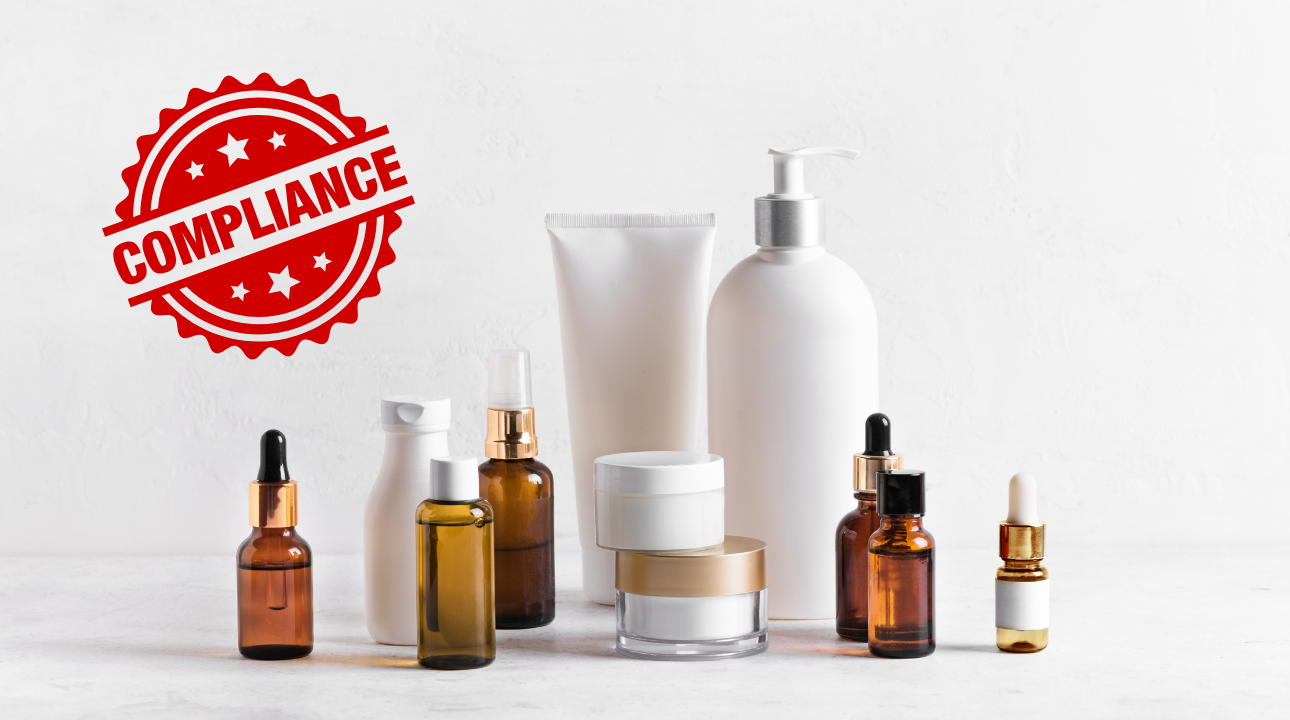Written by
Pooja Joshi

2025 has ushered in a wave of regulatory changes that are reshaping the cosmetics industry across key markets. From ingredient bans and allergen labelling to sustainability mandates, brands must now navigate a more complex compliance landscape than ever before. Whether you're formulating skincare, haircare, or makeup products, staying informed is no longer optional—it's essential.
This article breaks down the most critical updates from the European Union (EU), Gulf Cooperation Council (GCC), and the United States (US) to help you future-proof your formulations and packaging strategies.
European Union: Ingredient Overhauls, Allergen Labelling & Sustainability Push
1. Banned Ingredients (Annex II Updates)
The EU continues its crackdown on harmful substances:
2. Restricted Ingredients (Annex III & V Updates)
Formulators must now adhere to tighter limits:
3. Fragrance Allergen Labelling Expansion
Under Regulation 2023/1545, the number of allergens requiring disclosure jumps from 26 to 82.
4. Sustainability & Packaging Compliance
The EU’s new Packaging and Packaging Waste Regulation introduces:
Gulf Cooperation Council: Quiet but Strategic Alignment
While the GCC hasn’t released a unified 2025 update, countries like UAE and Saudi Arabia are increasingly mirroring EU standards:
United States: MoCRA Momentum & State-Level Bans
1. MoCRA (Modernization of Cosmetics Regulation Act)
The US is catching up with global standards:
2. State-Level Ingredient Bans
States are taking bold steps:
Final Thoughts: Compliance Is the New Competitive Edge
The global cosmetics regulatory landscape is evolving fast. To stay ahead:
Saturday - Thursday :
8:30 am - 10:45 pmMonday - Saturday :
8:00 am - 4:00 pm